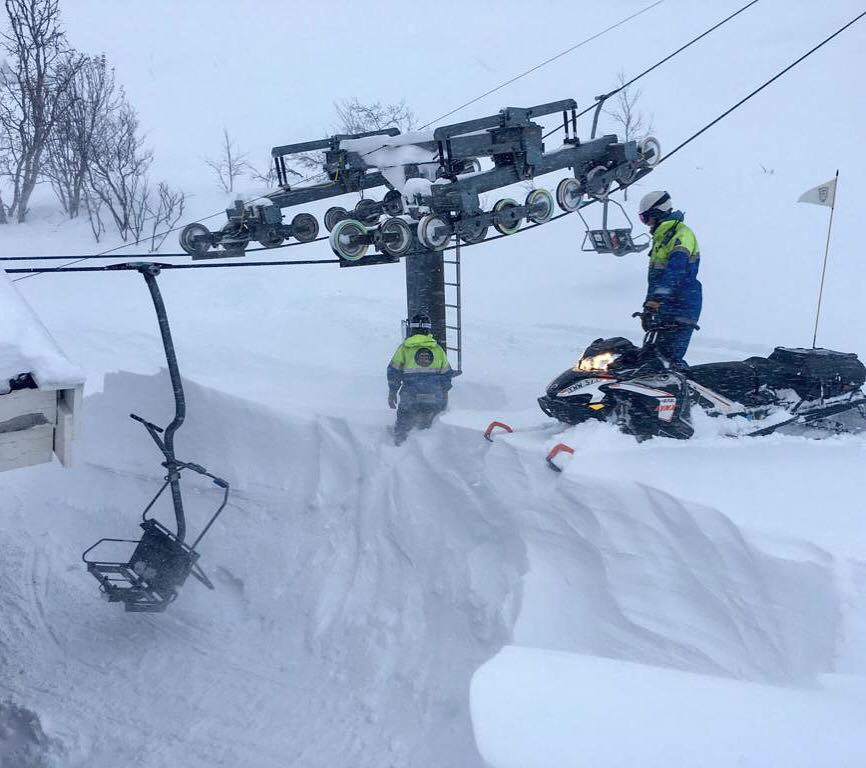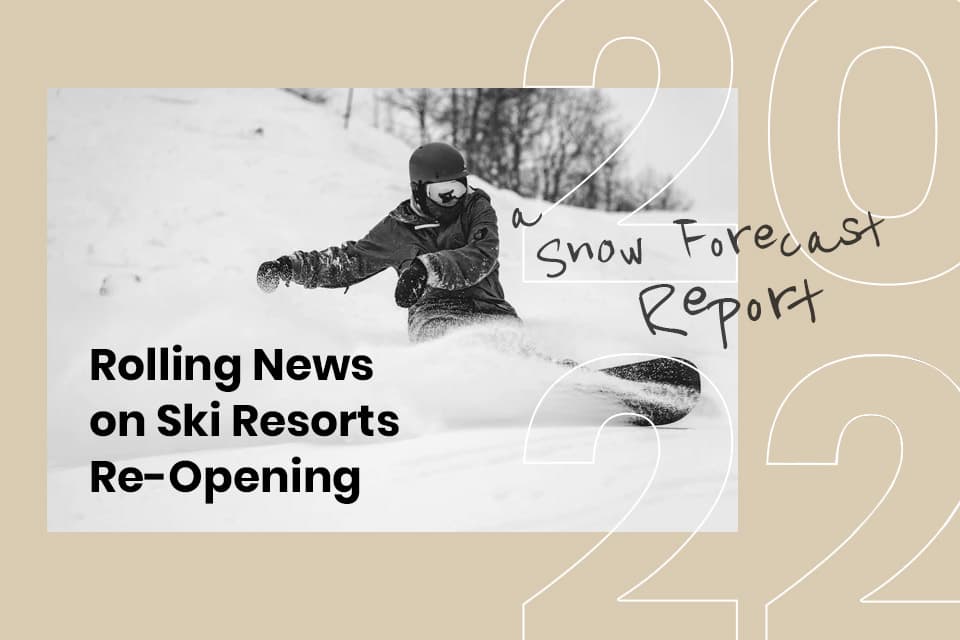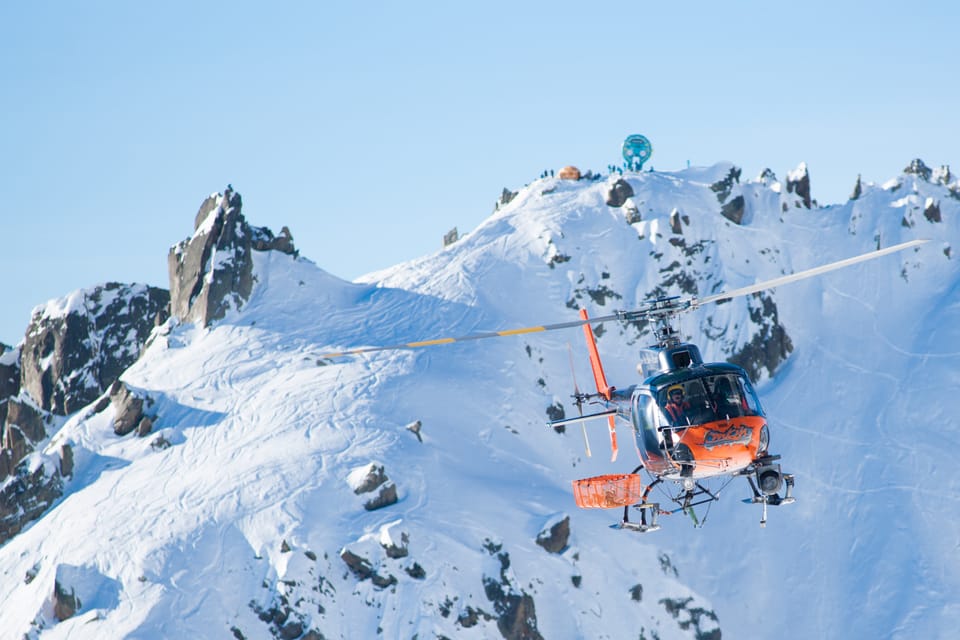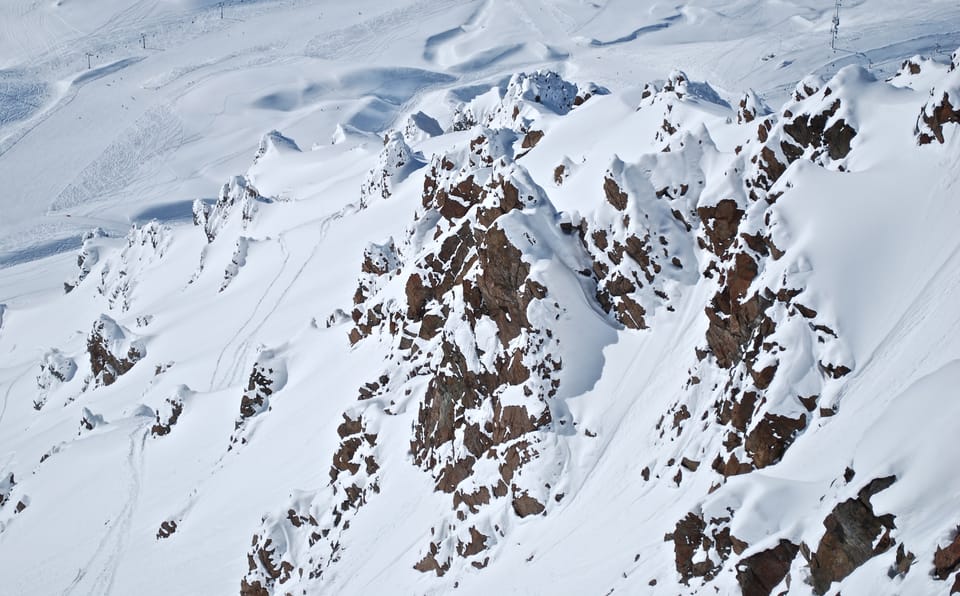Does Northern Sweden Represent European Skiing's Last Resort?

By Harald Rice
For the ski industry, climate change isn’t just the elephant in the room; it’s a woolly mammoth in a cramped cable car. The reliance on manufactured snow at the recent Beijing Olympics might have highlighted the ludicrousness of hosting skiing events in a location that recorded just 2 cm of snow last winter, but it should offer cold comfort to ski resorts in the European Alps.
Even if emissions are substantially reduced in the coming decades, only one previous European host of the Winter Olympics would have the climatic conditions to be a reliable host of the games. Furthermore, under a 4°C rise in temperatures, not a totally unreasonable scenario given current emission trajectories, only 42% of ski areas in the European alps would be considered snow reliable. Worryingly, these resorts would also need substantial increases in snow production to keep this level of snow reliability, putting faith in a technology that becomes increasingly uneconomical in warmer climates. Under such conditions, the question of whether it’s sensible to keep resorts on life support via snowmaking looms large.
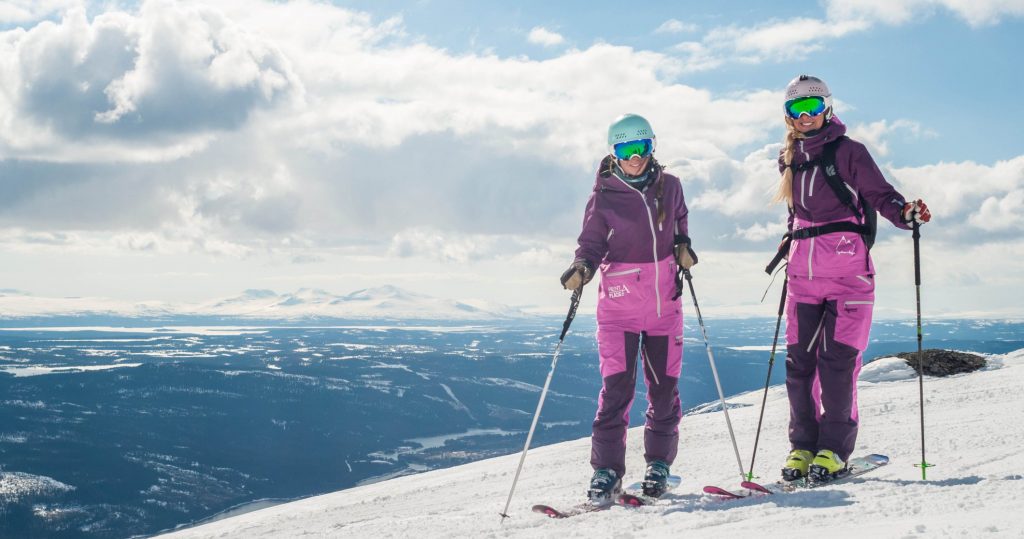
Even if the technology exists and advances enough to keep ski resorts alive, do tourists really want to ski on a crowded thin strip of icy ‘snow’ with a muddy green backdrop? It hardly makes for a particularly Instagramable location. A significant draw of skiing in the European Alps is being in a breathtakingly beautiful rugged mountain environment, an environment you don’t really get in other major ski regions. Such alpine beauty is severely, perhaps terminally diminished without natural snow.
There is a potential alternative for the European ski industry, though. Recent modelling has shown Northern areas of Sweden will hold their snow reliability longer than their continental counterparts.
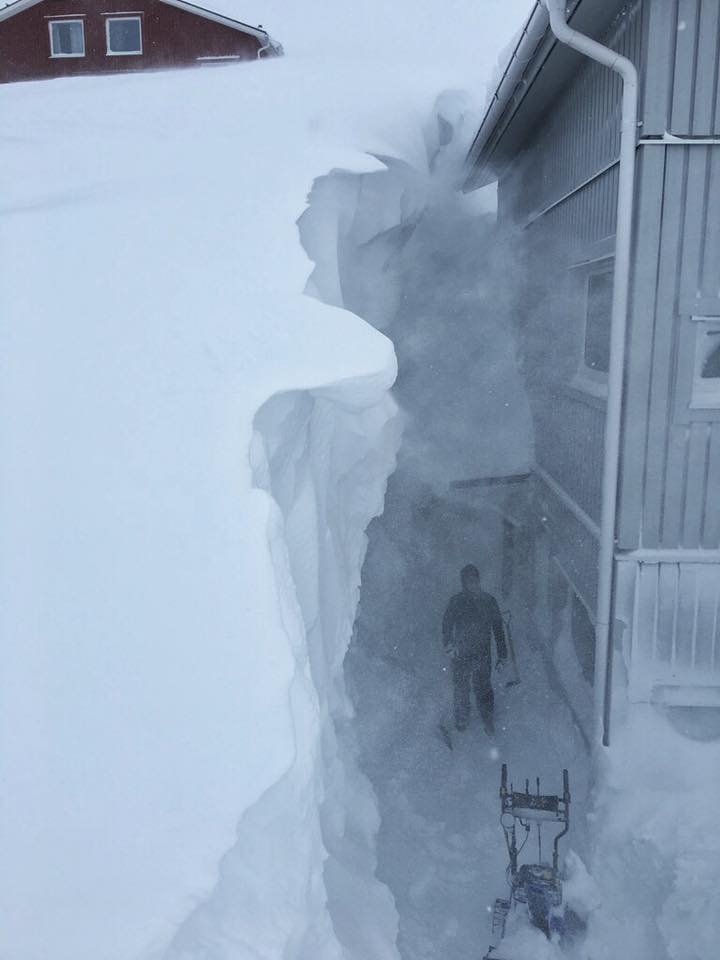
Most notably, the resort of Riksgränsen in Arctic Sweden, which opens for its 2022 season this weekend, is predicted to comfortably be naturally snow reliable up to 2100 even under the most severe emissions scenarios modelled. Perhaps understandably, therefore, Riksgränsen prides itself on its natural snow reliability. Christophe Risenius, Marketing Director of Lapland resorts, put it like this:
“One of the main things is that we have natural snow, we don’t have any snow cannons, and we have no plans for them.”
Although areas like Riksgränsen might represent the future of European skiing from a climatic point of view, a significant perspective shift will be required by tourists to capitalise on this. The overbuilding and mass tourism of places like the French alps is a non-starter here. Riksgränsen and its partner resort, Björkliden, lie within a stone’s throw of the Abisko and Vadvetjåkka National Parks and vast swathes of the mountainous areas with the best future snow reliability are in the Laponian region, a UNESCO World Heritage Site. This region is ecologically unique. Animals like lynx, brown bears, wolverine and grey wolves need the huge protected expanses of the parks to thrive.
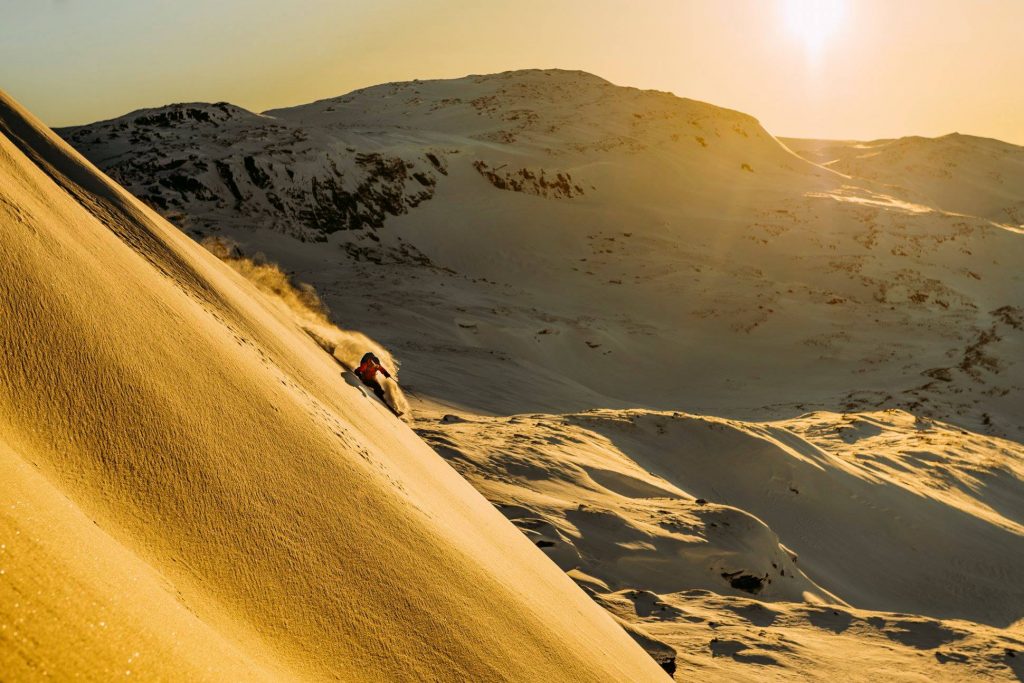
The area is also culturally precious, with the indigenous Sámi population’s traditional livelihoods reliant on the park protected status. Indeed, conflict has previously arisen around the potential expansion of the Sälen and Idre Fjäll ski resorts into the Städjan National Park, which would have impinged upon Sámi rights for reindeer herding, hunting and fishing. The underdeveloped nature and comparatively light touch of the tourism industry here is part of the attraction for current visitors to Riksgränsen, according to Christophe:
“The priority is to keep Riksgränsen as it is today, to improve the quality of it all the time but for the ski domain to remain as close as possible to what it has been for years because these days the richness of Riksgränsen doesn’t come from the hotel or the restaurant but it comes from the domain and the beauty of it.”
As Christophe eludes to, Riksgränsen doesn’t have the limitless restaurants of the Alps, and there is limited Aprés ski compared to the big alpine resorts. You won’t find boozed-up Brits dominating the town in the evenings, and if you want to buy alcohol to drink at home, you’ll have to navigate the Systembolaget, Sweden’s state-run alcohol shops, which remain shut on Sunday’s.
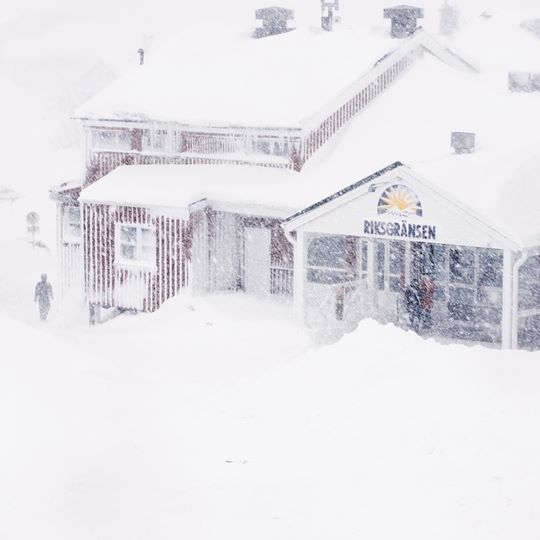
If this area is to be the future of European skiing, then it’s certainly different to the European Alps, as Christophe highlights:
“The Scandinavians are very outdoorsy; they come because they want to ski, they don’t just party. So I’ve seen in France and Europe places where people are barely skiing, and they were only partying. It’s very different here. People do skiing first and have a good time after, or maybe they’re just coming for the skiing. The Nordic countries have a possibility to sell something different to the Alps. In general, it’s more of a stay in your cabin and be close to nature kind of experience in the Swedish Alps. They’re selling the closeness to nature.”
The Swedish north may well be selling something different, something closer to nature and seemingly more sustainable, but international ski tourists will need to travel further to get to these more snow reliable areas. In today’s world, this will inevitably involve flying. So having reduced the snow reliability of the European Alps primarily through our carbon emissions, tourists will have to fly further to ski, emitting more CO2 than they would have previously in visiting the European Alps. Hardly a sustainable solution.
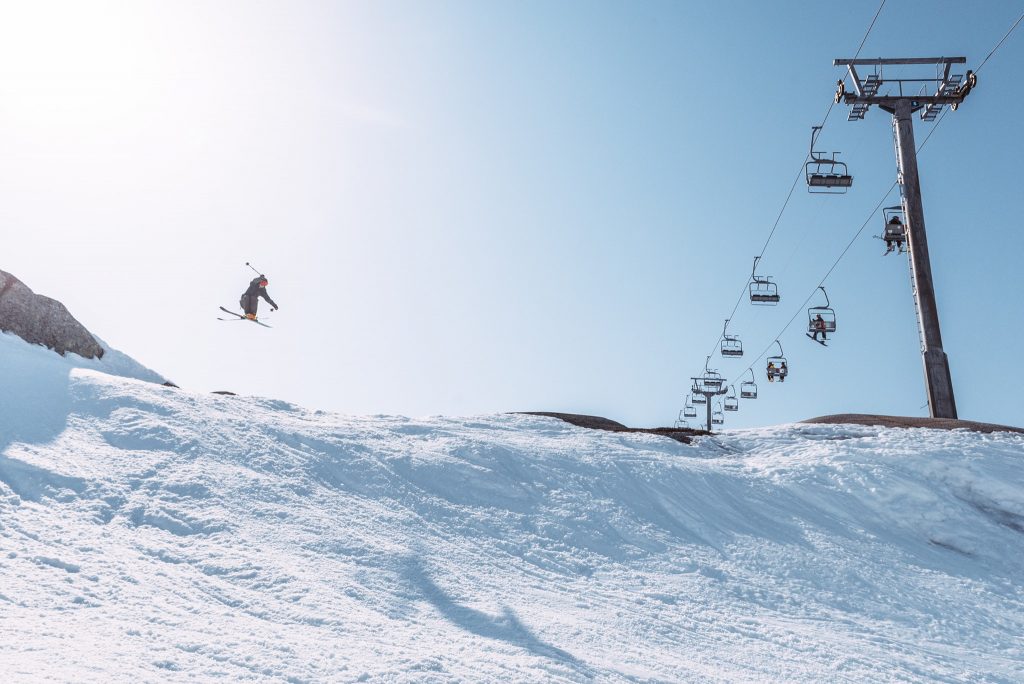
There is a compromised alternative to this travel problem, though. If you can get to Stockholm or Gothenburg, then the Norrland night train departs twice daily and drops you right into the middle of Riksgränsen. You can step on the train in the evening and wake up 50 m from your accommodation, in the Arctic circle, the following day. Christophe sees the advantages of this slower form of travel:
“We have a growing proportion of clients who are taking the train directly from Stockholm. The night train arrives directly, and you can stay all the way on the train, and once you get to Riksgränsen, your accommodation is located 50 m away. So it’s super convenient and very comfortable. It takes a long time, but it travels during the night, so you don’t lose that many hours, and it’s convenient because with the train you can take a lot of luggage and in Scandinavia, they like to have their skis and if you pay extra when you fly because of limitations on luggage than the train is actually a really wonderful option.”
Ultimately, if climate change impacts the European Alps as severely as predicted, there is an alternative from a purely climatic perspective. But given tourism has changed the European Alps beyond belief, turning the air in alpine towns like Chamonix into a health risk for residents and scaring off much of the flora and fauna, do we really deserve this second chance? Moreover, the areas with the most significant benefits in future snow reliability lie in a region often known as “Europe’s last wilderness”. A place with unique ecology and Europe’s only recognised indigenous culture, a culture that already faces multiple threats.
Until recently, the ski industry as a whole has shown scant desire to engage in climate change and environmental issues, let alone input meaningful actions. Would an industry reliant on high turnover mass tourism be willing to let ski tourism in this precious and fragile environment build sustainably from the bottom up, in consultation with local stakeholders? Is it realistic to ask this much? Or would it be better if we left this unique environment alone? After all, it’s still just about within our reach to change our actions and halt the most drastic impacts of climate change.
